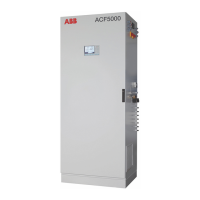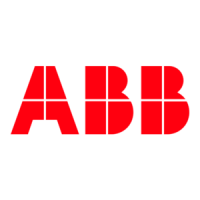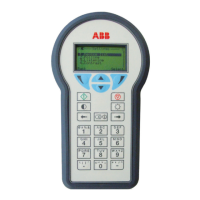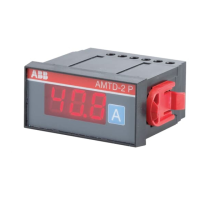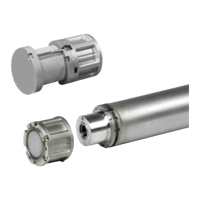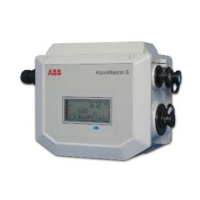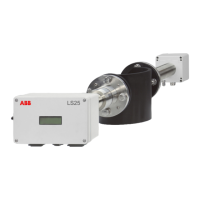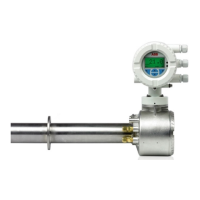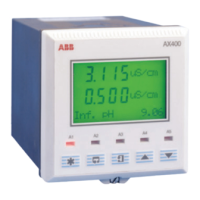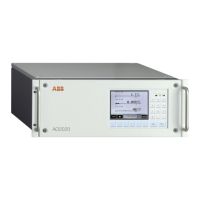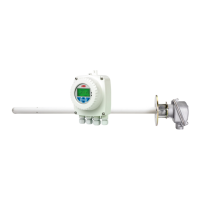| Operating temperature | -20 °C to +45 °C (-4 °F to +113 °F) |
|---|
| Power supply | 100 to 240 VAC, 50/60 Hz or 24 VDC |
|---|
| Response time | Typically < 60 s (application dependent) |
|---|
| Protection Rating | IP65 |
|---|
| Measurement principle | FTIR (Fourier Transform Infrared) |
|---|
| Communication interfaces | Ethernet |
|---|
| Data storage | Internal memory for data logging |
|---|
| Enclosure | IP65 |
|---|
| Output | 4-20 mA, digital outputs |
|---|
| Measured components | Multiple gases including CO, CO2, NO, NO2, SO2, H2O, NH3, HCl, HF, CH4, N2O |
|---|
| Typical measured gases | SO2, NO, NO2, N2O, CO, CO2, NH3, H2O, CH4, HCl, HF, O2, and many VOCs |
|---|
